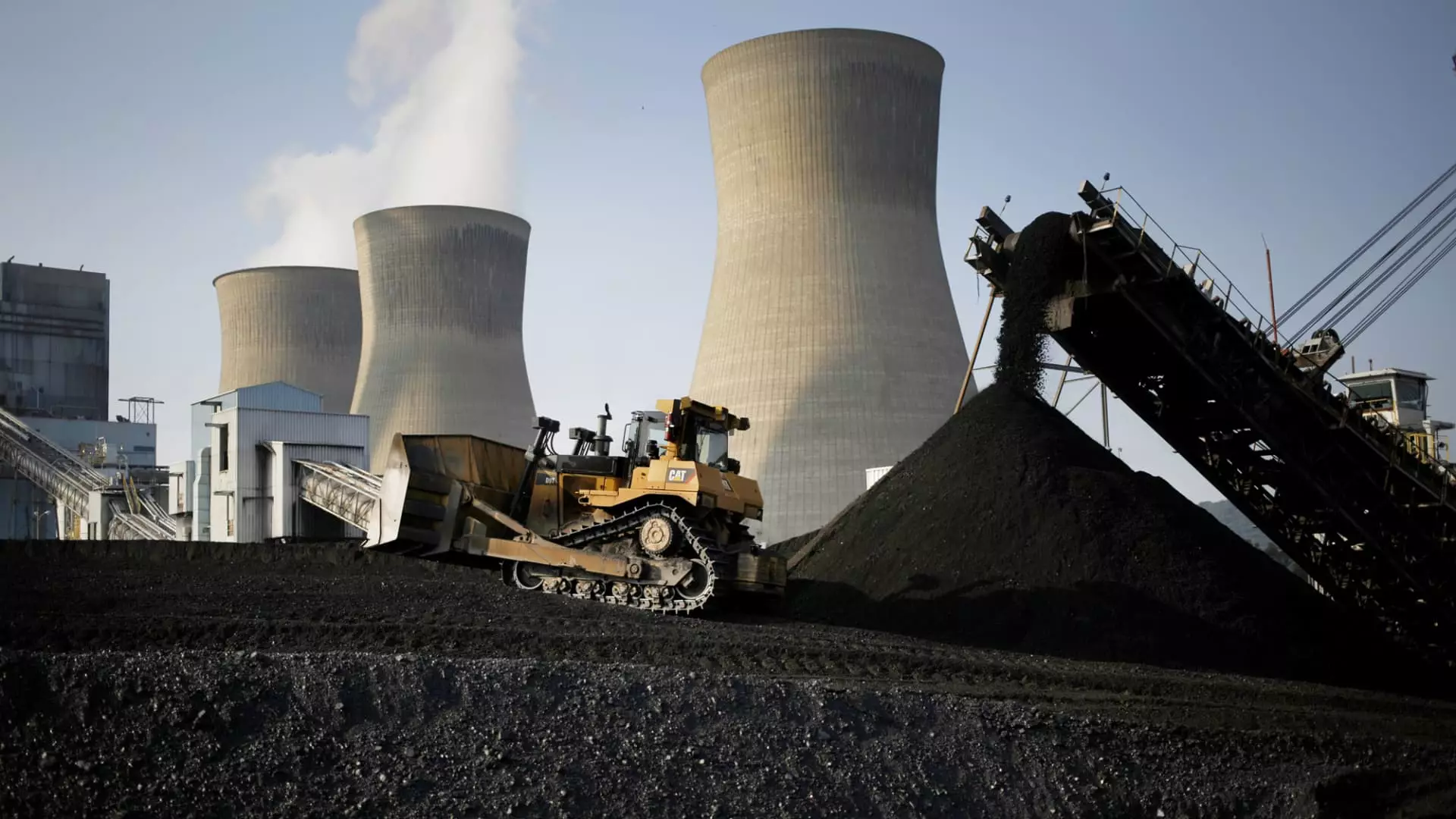In recent discussions about the future of energy in the United States, the focus has increasingly shifted towards expanding nuclear power capabilities. With rising electricity demand, especially from sectors like technology and manufacturing, experts are emphasizing the need for a substantial increase in the nuclear fleet. Mike Goff, the acting assistant secretary for the Office of Nuclear Energy at the Department of Energy (DOE), highlighted the necessity of tripling the current fleet of nuclear reactors to effectively respond to the nation’s growing energy needs while addressing the pressing challenge of climate change.
Currently, the U.S. benefits from the world’s largest nuclear energy infrastructure, comprising 94 active reactors that contribute roughly 18% of the country’s electricity. To meet future energy demands and achieve ambitious carbon reduction goals, Goff has advocated for the installation of an additional 200 gigawatts of nuclear capacity. This increase is equivalent to constructing approximately 200 new reactors, an enormous challenge that reflects both technological and financial hurdles.
The planned restart of the Three Mile Island plant, set for 2028, is a significant development in the nuclear energy landscape. The plant’s closure in 2019 was primarily driven by economic considerations rather than safety, and Goff confirmed that the reactor undergoing reopening is not the one involved in the infamous 1979 partial meltdown. This restart is pivotal, as it not only revives a crucial power source but also demonstrates a commitment to nuclear energy as a viable and necessary contributor to the national grid.
Moreover, major corporations, including tech giant Microsoft, have entered into agreements to purchase electricity from Three Mile Island. This partnership underscores the growing reliance on nuclear power to deliver stable, continuous electricity—especially critical for energy-intensive operations such as large data centers that demand reliable baseload electricity.
While the restart of existing plants is a positive step, Goff warns that this alone is insufficient. Current trends show that communities traditionally reliant on coal are uniquely positioned to host new nuclear plants. As the U.S. transitions away from coal to greener energy sources, the infrastructure associated with these retired facilities can be repurposed to support nuclear development. Data from the DOE reveals that up to 174 gigawatts of new nuclear energy could theoretically be installed across 36 states using the space and resources previously dedicated to coal generation.
The existing network of power transmission lines and personnel skilled in energy production at these coal sites presents a crucial opportunity. Goff suggests that building at these locations could lead to significant cost reductions—reducing estimated expenditures by as much as 30% compared to greenfield developments. Hence, reviving these areas could foster economic growth while bolstering the nation’s energy security.
Despite the promise of expanding nuclear capabilities, challenges abound. Recent projects, such as the Vogtle plant expansion in Georgia, have experienced delays and budget overruns, raising concerns about the financial viability of new plants. Critics note that these hurdles could hinder the necessary speed and scale of nuclear development.
To address these concerns, Goff highlights the potential of using retired coal sites, which could streamline construction processes and help mitigate costs. The future of U.S. energy may hinge not only on restarting existing plants but also on fostering an environment that encourages innovative nuclear designs, including advanced small modular reactors (SMRs). However, the commercial availability of these advanced technologies remains years away, and their deployment must be strategically aligned with growing electricity demands.
The revival of Three Mile Island is a symbol of hope in the struggle for clean energy resilience. While the restart is just one piece of the puzzle, it emphasizes the broader necessity for a multi-faceted approach to energy production that maximizes nuclear potential while minimizing environmental impacts. Partnerships with the private sector, governmental backing, and community engagement will play essential roles as the U.S. navigates the complex landscape of post-coal energy production.
As climate change presents ongoing challenges, reimagining our energy infrastructure could prove beneficial not just for the environment, but also for societal and economic stability. By supporting the nuclear industry and capitalizing on available resources, we can set a clear path forward towards a sustainable energy future, precisely aligned with the demands of the 21st century.

